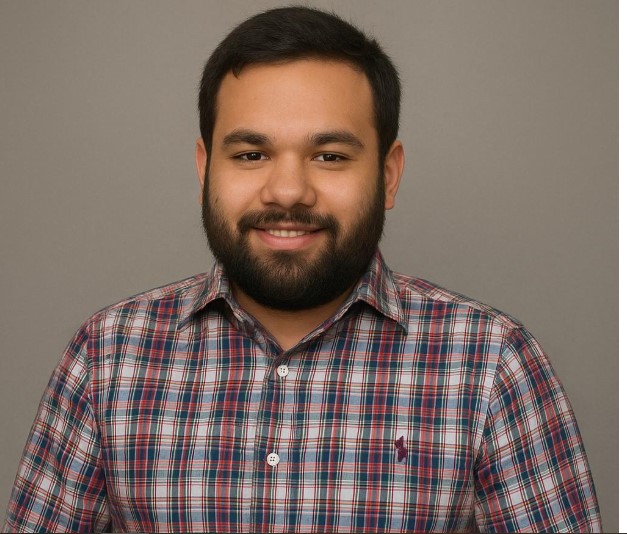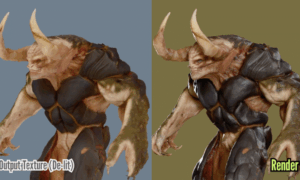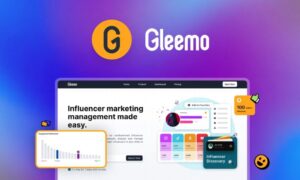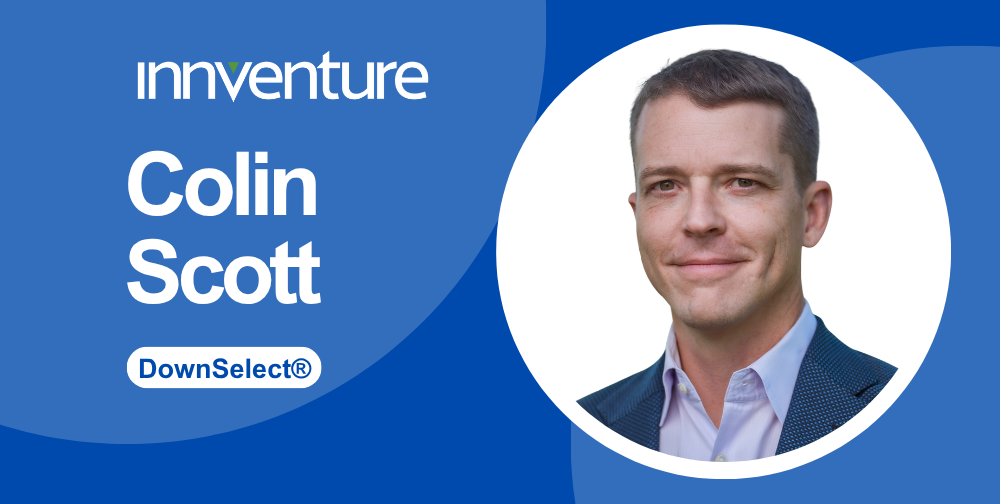In late 2018, a major multinational corporation embarked on a critical initiative to modernize its global digital infrastructure, upgrading its content management system (CMS) to better serve its rapidly expanding international operations. Facing mounting pressure to streamline global web operations, accelerate content delivery, and enhance user experience, the corporation recognized that its outdated digital platforms were hindering growth and responsiveness.
At the heart of this strategic transformation was Vinod Veeramachaneni, a seasoned Technology Consultant with Invensys Inc., who played a pivotal role in leading the company’s complex, large-scale migration project. His leadership in designing the technical roadmap and executing the transition was instrumental in delivering a future-proof digital architecture aligned with the corporation’s global business goals.
Setting the Stage: The Need for Digital Modernization
By 2018, the corporation’s digital footprint had grown to span dozens of countries, multiple languages, and diverse business segments. However, its CMS—built on Adobe Experience Manager’s (AEM) Classic UI—was struggling to keep pace with modern demands for mobile-first design, agile content management, and real-time localization.
Maintaining a consistent, secure, and brand-compliant web presence across such a complex and distributed environment had become increasingly challenging. Manual processes, legacy workflows, and technical debt were creating bottlenecks that slowed innovation and increased operational risk.
Recognizing these challenges, the leadership team made a bold decision to modernize its CMS infrastructure by transitioning to AEM’s more advanced Touch UI framework—offering greater flexibility, enhanced mobile responsiveness, and a more intuitive authoring experience.
The company engaged Invensys Inc. to spearhead the initiative, and Veeramachaneni was selected to guide the technical strategy and execution for this transformation effort.
A Complex Transition: Classic UI to Touch UI
The core objective of the project was to move from AEM’s legacy Classic UI to the newer Touch UI, a shift that involved far more than a simple upgrade. It demanded a complete redevelopment of templates, components, workflows, backend integrations, and authoring interfaces.
Veeramachaneni began by leading a comprehensive technical audit, mapping out the company’s extensive digital assets and customizations built over several years. He quickly recognized that a successful migration would require a delicate balance between innovation—introducing new capabilities—and stability—ensuring no disruption to critical customer-facing operations.
Given the complexity and scale of the project, Veeramachaneni advocated for a phased migration strategy. Critical customer touchpoints were prioritized first, while less critical assets followed a carefully planned rollout schedule. This approach minimized operational risk, provided measurable milestones for stakeholders, and allowed lessons learned from earlier phases to inform subsequent deployments.
“Risk management was baked into the project from day one,” a senior program manager recalled. “Vinod’s structured approach kept everyone aligned even when the inevitable complexities arose.”
Building for a Multilingual, Multiregional Future
A defining feature of the corporation’s digital landscape was its global reach. Each market demanded not only translated content but region-specific adaptations to meet local regulations, customer expectations, and branding requirements.
Veeramachaneni recognized that merely updating the CMS backend was insufficient. He led a broader redesign of the content governance framework, introducing a standardized architecture that enabled centralized control while allowing regional flexibility.
Key enhancements included:
- Localized Content Management: Content structures were re-engineered to support seamless localization beyond simple translation, allowing for regulatory-specific and culturally relevant customizations.
- Integrated Translation Workflows: Automated translation services were embedded directly into AEM, streamlining the management of multilingual content and reducing turnaround times dramatically.
- Template Reusability: Modular templates and components were created to reduce redundant development efforts, enabling regional teams to customize experiences
without fragmenting the core architecture.
The result was a CMS that could flex to meet local market needs while maintaining a globally consistent user experience and brand presence—a critical advantage in today’s hyper-competitive global economy.
Training, Change Management, and User Enablement
Veeramachaneni understood that technology upgrades alone would not guarantee project success. The shift from Classic UI to Touch UI represented a paradigm shift for internal content authors, many of whom had spent years working within the familiar Classic interface.
Recognizing this human factor, he championed a robust change management program alongside technical execution. His efforts included:
- Development of detailed user manuals and quick-reference guides.
- Hands-on workshops and interactive webinars to demonstrate new authoring workflows. ● Office hours and coaching sessions for content teams to address real-time challenges. ● “Train-the-trainer” programs to build internal champions across regions.
“User enablement was as critical as technical migration,” noted a senior consultant on the project. “Without proactive training, adoption would have lagged, undermining the entire investment.”
By investing heavily in change management, Veeramachaneni ensured a smoother transition and helped internal teams quickly realize the benefits of the new system.
Measurable Outcomes and Business Impact
By the end of 2018, the corporation had successfully completed its core CMS migration, and the results were immediate and measurable:
- Accelerated Content Publishing: Global and regional teams were able to update digital content up to 50% faster, reducing campaign launch times and improving responsiveness to market needs.
- Enhanced Mobile Experience: The Touch UI framework delivered a superior mobile authoring and customer engagement experience, critical in an increasingly mobile-first
world.
- Operational Cost Savings: The reusability of modular templates and automation of workflows significantly reduced operational overhead and freed resources for strategic initiatives.
- Future-Ready Digital Foundation: The modernized CMS platform laid the groundwork for future initiatives, such as marketing automation, personalized customer journeys, and advanced analytics integration.
Perhaps most importantly, the new system enabled the corporation to adapt faster to regulatory changes, evolving customer expectations, and competitive pressures—a vital capability in today’s volatile global economy.
Leadership in Action: Veeramachaneni’s Impact
Throughout the engagement, team members consistently pointed to Vinod Veeramachaneni’s leadership as instrumental to the project’s success. His ability to synthesize complex technical challenges, craft pragmatic solutions, and communicate effectively with both technical and business stakeholders was widely praised.
“In projects of this scale, leadership that bridges technical execution with business vision makes a real difference,” said one executive involved in the initiative.
Veeramachaneni’s work went far beyond coding and system design. His strategic foresight ensured that every technical decision was aligned with broader business objectives. His risk management approach minimized disruption, and his commitment to user enablement accelerated adoption and value realization.
A Model for Future Transformations
For Invensys Inc., the successful delivery of this CMS modernization project reinforced its reputation as a trusted partner for large-scale digital transformations. The methodologies, frameworks, and best practices pioneered during this engagement have since been applied to other major client initiatives.
For Vinod Veeramachaneni, the project marked another milestone in a distinguished career characterized by technical excellence, strategic leadership, and a relentless focus on business impact. His ability to navigate complex enterprise ecosystems and deliver transformative outcomes continues to distinguish him as a leader at the forefront of global digital innovation.



































